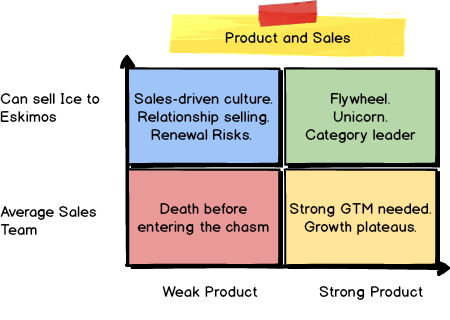Jerry Chen of Greylock wrote a fantastic piece on moats. He gave a refresher on traditional defensible moats used by technology companies (sustained by scale and network effects) and introduced the Systems of Intelligence (SOI) as a new defensible moat within the enterprise stack. The SOI is sandwiched between the Systems of Engagement (web, chat, mobile) at the top and the System of Record (CRM, HCM, ERP, ITSM) at the bottom.
A system of intelligence aggregates, analyzes, and acts on data passing through it–reduces human intervention, and takes decisions on their collective behalf. Extending Jerry’s thought, a defensible moat is not just AI; it is automated custom actions, stellar visualizations, and an engine to accelerate the system itself.
Let’s imagine what a System of Intelligence would mean in the world of enterprise cloud SaaS products. Today, when you want to buy best-of-breed cloud products you buy a vertical SaaS. But even though most vertical SaaS products supplanted many individual “modules” in the vintage single instance and single vendor on premise software stack, they remain highly specific and fragmented.
For example, there’s a SaaS product for sending mass marketing e-mails to consumers, sending out post-purchase surveys, or engaging users on a site. There are a half-a-dozen products one has to use to analyze a customer workflow (or touchpoint) across channels. At each stage of the workflow, data is generated and then stitched to get a state transition value.
In enterprise SaaS, the System of Intelligence is an analytics mesh, which coalesces many individual data-points and provides actionable insights. This gives birth to a new kind of defensible moat because the vertical SaaS is now serving as data sensors that are tightly coupled with the enterprise user on every device.
BI and analytics products such as Tableau, Domo, Qlik and other tools are precursor to tomorrow’s Systems of Intelligence. Today, they do a good job in providing a unified data aggregation and analytics layer on top of customer, employee, and prospect workflows.
We will continue to see disintermediation of general purpose analytics products, and domain-specific intelligence tools will win over generic aggregation. AI will help stitch the data together and create automatic actions, which is when intelligence will drive system acceleration.
